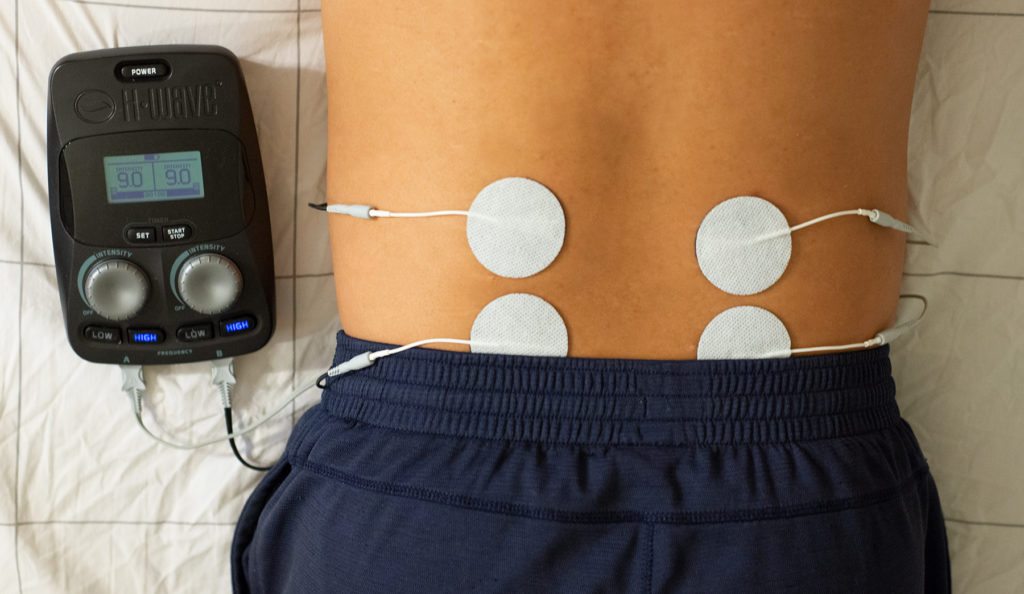Improving Back Surgery Recovery Time Utilizing H-Wave | Dr. Kelly Starrett, DPT
Dr. Kelly Starrett discusses how he incorporates H-Wave into the post-operative treatment and recovery of his patients who have gone through or are preparing for spinal surgery.
Kelly Starrett acknowledges that while some people will think about having spinal surgery just to get out of pain, the real goal is to reestablish stability in the body and restore movement so that the patient can reoccupy their role in their family and society, and get back to work and the things they love to do without having prolonged back surgery recovery time.
The tricky part is….
Even though we know we need to get movement back into the system as quickly as possible after surgery, we also know that these sensitive tissues cannot be loaded with abundant movement. That could cause damage to the surgical site and possibly fear-guarding in the patient’s brain leading to even more limited movement.

Kelly Starrett uses H-Wave with his post-op patients in order to prevent these things from happening, as well as improve back surgery recovery time. Although we know that there are no fast healers, Kelly notes that utilizing H-Wave can keep recovery times on track so that post-op recovery doesn’t become much longer and more painful than it needs to be.
Benefits of H-Wave to Improve Back Surgery Recovery Time
On-Demand Pain Relief
One of the most immediate needs after spinal surgery is pain management. Kelly Starrett has found with his patients utilizing H-Wave’s high frequency setting for effective, on-demand pain relief has actually helped them minimize the need for post-surgical pain medications and opiates which can be extremely addictive.
Movement Without Motion
H-Wave’s rehabilitate setting (low frequency) creates non-fatiguing muscle contractions which create non-threatening input back into system without aggravating tissues that are highly sensitized. This results in improved blood flow and the loading of tissues without massive movement. It allows the body to get muscles firing without having to put that patient into the position of extension sensitivity or flexion sensitivity.
Back Surgery Recovery Time – Congestion vs. Decongestion
This movement without motion allows the body to decongest regionally without aggravating the sensitive area around the spine and without pulling on the tissues that have just been cut into. This gets signaling back into the brain that muscle can contract safely and can prevent the fear guarding that can develop so easily when people try to move and are in pain.
By putting non-threatening input back into the brain that the tissues can be loaded, and loaded in a pain-free way, this helps the associated musculature to get recognized by the brain that movement is possible without pain. Congested tissues around the spine can be very hard to decongest locally without lots of movement, so this setting allows lots of regional movement with endangering the sensitive tissues.
And the results he sees with his patients is better realignment of collagen after surgery and their musculature stays more engaged. Since we can manage congestion better in these small spaces (like around the spine), it helps reduce pain levels and reduces the need for pain medications. This helps back surgery recovery time by staying ahead of the congestion and addressing pain head-on with a on-demand solution.
You may also like:
Post-Op Recovery Protocols by The Ready State with Kelly Starrett
Knee Pain Treatment at Home After Surgery with Dr. Kelly Starrett
Post Operative Care after Orthopedic Surgery | Kelly Starrett, DPT